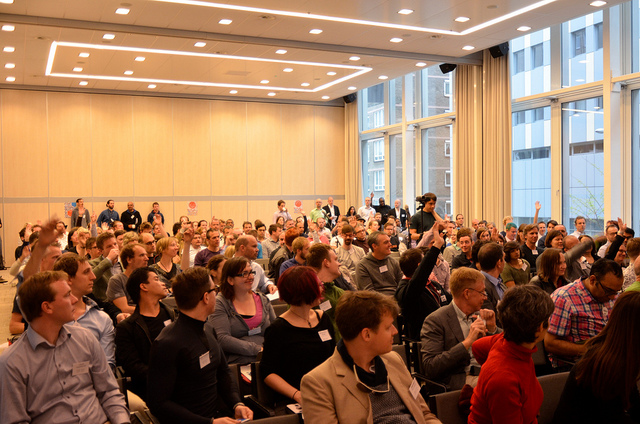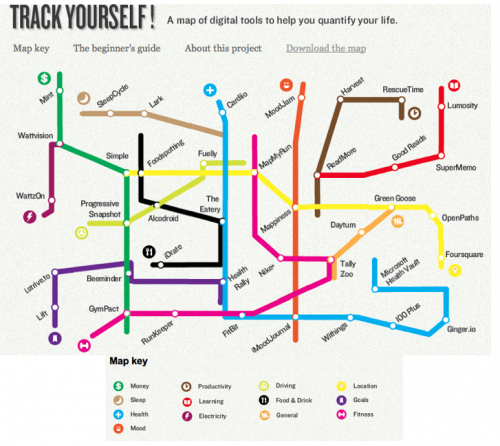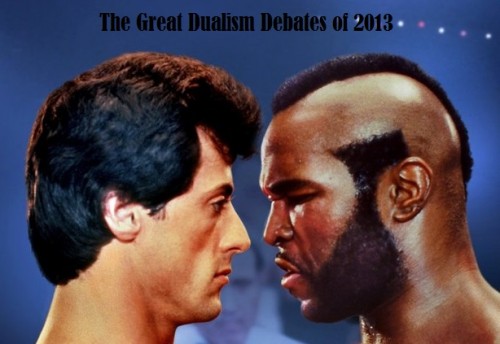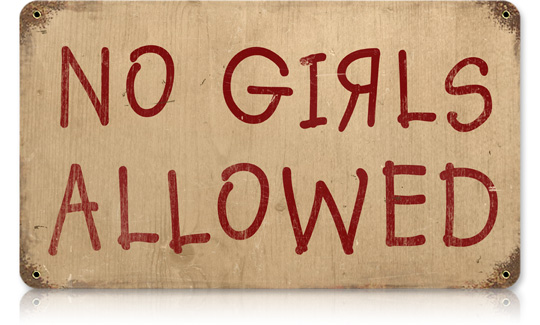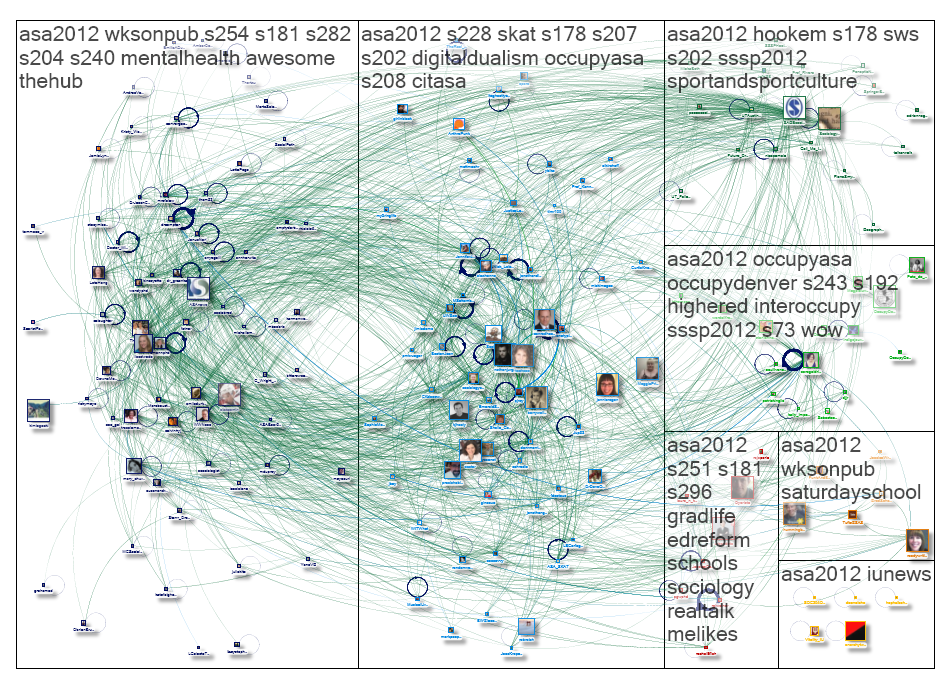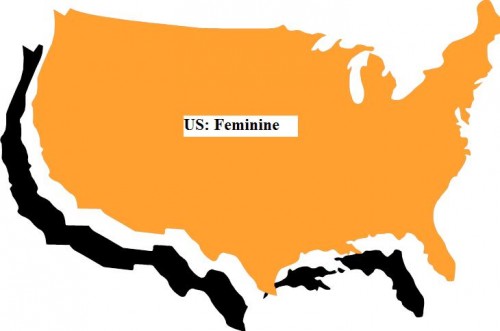The Cyborg project, as articulated by Haraway, is at its core, a utopic project. It is the melding of mechanical and organic, digital and physical, human, machine, and animal in such a way that categorizations cease to hold meaning, and in turn, cyborg bodies break through repressive boundaries.
And yet here we are, at the pinnacle of a cyborg era, inundated with high tech, engaged simultaneously in digital and physical spaces, maintaining relationships with organic and mechanical beings, constituted with and through language, medicines—and increasingly—machines, and we STILL have to deal with bullshit like this (click below to view): 

